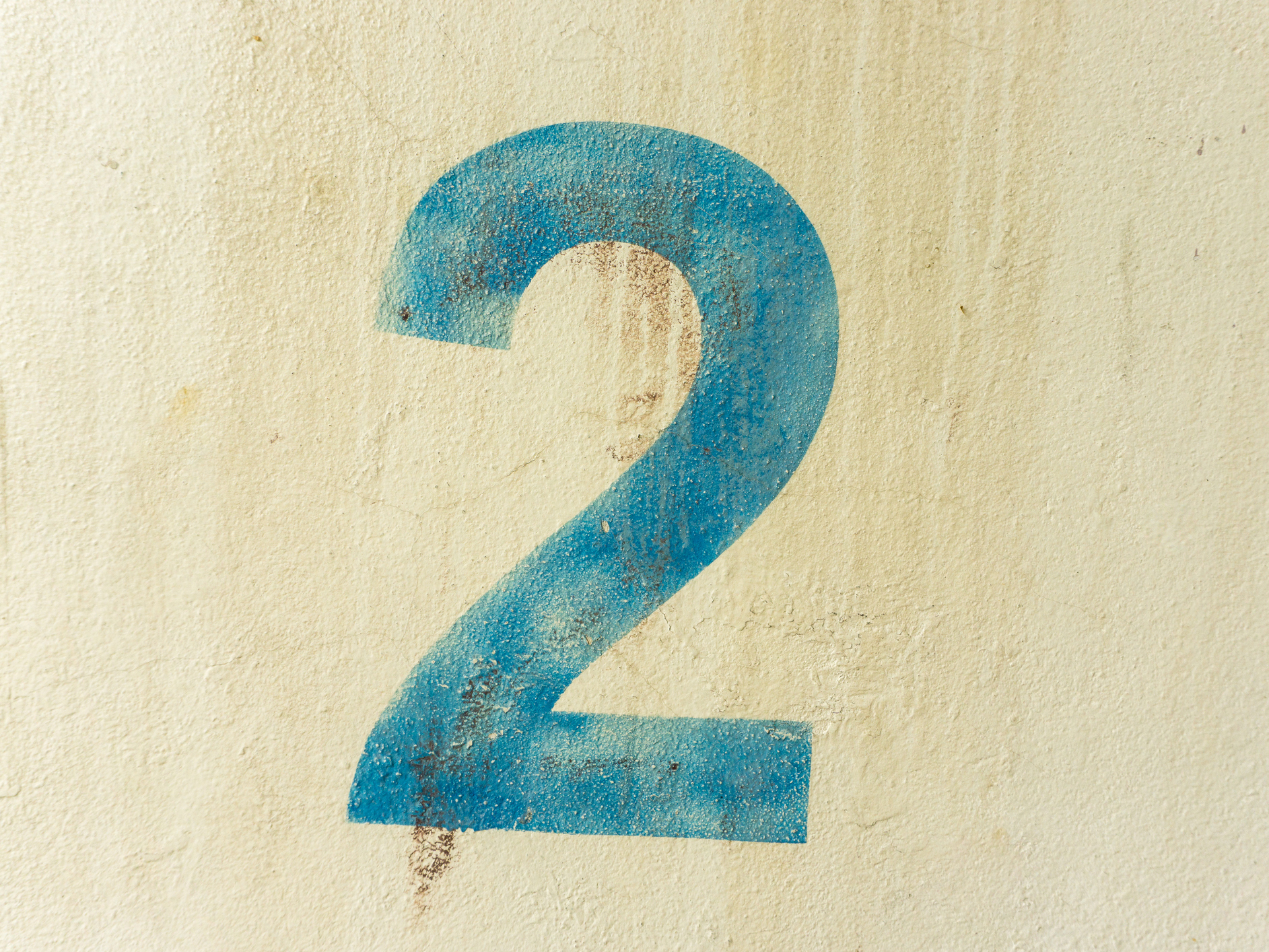Get Easy Health Digest™ in your inbox and don’t miss a thing when you subscribe today. Plus, get the free bonus report, Mother Nature’s Tips, Tricks and Remedies for Cholesterol, Blood Pressure & Blood Sugar as my way of saying welcome to the community!
Two activities scientifically proven to lower your blood pressure

High blood pressure is a condition that can be very difficult to manage and it shows in the statistics. Of the 65 million U.S. adults that have been diagnosed with hypertension, 40 million don’t have their blood pressure under control.
What’s really scary is that doctors don’t even diagnose you with “resistant hypertension” (difficult to control blood pressure) unless you’ve been adhering to a combination of at least three antihypertensive medications of different classes, which usually includes a diuretic.
And, can you imagine how many side effects you’ve built up by that time, considering that the side effects of just one class of blood pressure medications include fatigue, dizziness, weakness, drowsiness, diarrhea and nausea?
There is good news however.
New research out of Australia has found that there is a way to lower your blood pressure using two mind-body activities and in the process, you can lower your chance of stroke as well (including your chance of suffering a second stroke).
Yoga and tai chi mitigate stroke risk
The research, published in Future Neurology by researchers from Monash University, the University of South Australia (UniSA) and the University of Melbourne found that mindfulness-based interventions such as yoga and tai chi can reduce hypertension and your fatty acids and blood sugar levels — all risk factors for stroke.
The researchers analyzed 26 separate studies to examine how yoga and tai chi moderated key stroke risk factors, including blood pressure, cholesterol, diabetes, atrial fibrillation, smoking and alcohol consumption, obesity, anxiety and depression.
And, they came to one very important conclusion…
Using mindfulness-based practices like yoga and tai chi can be an effective and non-invasive way of reducing hypertension.
Why it’s so effective, the scientists still aren’t sure but according to UniSA Dean of Health Research, Professor Susan Hillier, “Some evidence suggests that MBIs such as yoga and tai chi regulate blood pressure by teaching people to breathe deeply, balancing and stabilizing their autonomic nervous system and lowering their heart rate.”
This is important news since high blood pressure is hands-down the biggest stroke risk factor.
In fact, Professor Hiller says that with nearly one-third of adults around the world suffering from high blood pressure, 23 million additional strokes are projected in the next 12 years alone.
“Survivors of stroke are at an increased risk of another one – 43 percent likely within 10 years, 32 percent within five years and 16 percent within one year – so it is important we find interventions to help reduce the major risk factors,” she says.
Lowering blood pressure and with it, stroke risk
This makes lowering your blood pressure vital if you want to mitigate your chance of becoming one of the 23 million stroke victims.
Here’s how:
#1 – Do as the research says
First, take the results of those combined 26 studies to heart and participate regularly in yoga, tai chi or both. It’s a simple and enjoyable way to lower your blood pressure and could come with the added benefit of stress reduction as well.
#2 – Support the health of your arteries
There are certain supplements that have been shown to support healthy arteries, vital to blood flow.
These include:
- Vitamin K2 – Supports arteries that are elastic and pliable for healthy blood flow.
- Grape Seed Extract – The polyphenols in grape seed extract activate nitric oxide in the lining of blood vessels to relax arteries promoting healthy blood flow.
- Pterostilbene – This antioxidant helps block the creation of Angiotensin II – an enzyme that stiffens the walls of your blood vessels and triggers a hormone that increases the amounts of sodium and water retained by your body.
- Green tea extract – A scientific study proved that just three months of green tea extract supplementation had a significant influence on cardiovascular risk factors such as blood pressure.
#3 – Walk
Staying active is a vital step in lowering your blood pressure and moderate activity, like walking, just 30 minutes per day five days a week is enough to do the trick.
#4 – Eliminate sugar
More and more studies are showing a link between sugar consumption and high blood pressure. In fact, one study found that women who drank one soda a day had higher levels than women who drank less than one.
Editor’s note: Are you feeling unusually tired? You may think this is normal aging, but the problem could be your master hormone. When it’s not working, your risk of age-related diseases skyrockets. To reset what many call “the trigger for all disease” and live better, longer, click here to discover The Insulin Factor: How to Repair Your Body’s Master Controller and Conquer Chronic Disease!
Sources:
- Evaluation and Management of the Patient with Difficult-to-Control or Resistant Hypertension — American Family Physician
- TREATMENT WITH BETA BLOCKERS — RxList.com
- Stroke survivors and those at risk urged to focus on yoga and tai chi — University of South Australia
- Exercise training for blood pressure: a systematic review and meta-analysis — Journal of the American Heart Association
- Effectiveness-Based Guidelines for the Prevention of Cardiovascular Disease in Women—2011 Update — Circulation
- The wrong white crystals: not salt but sugar as aetiological in hypertension and cardiometabolic disease — BMJ
- Sugar-sweetened beverage, sugar intake of individuals, and their blood pressure: international study of macro/micronutrients and blood pressure — Hypertension
- Soft drink consumption and risk of developing cardiometabolic risk factors and the metabolic syndrome in middle-aged adults in the community — Circulation












